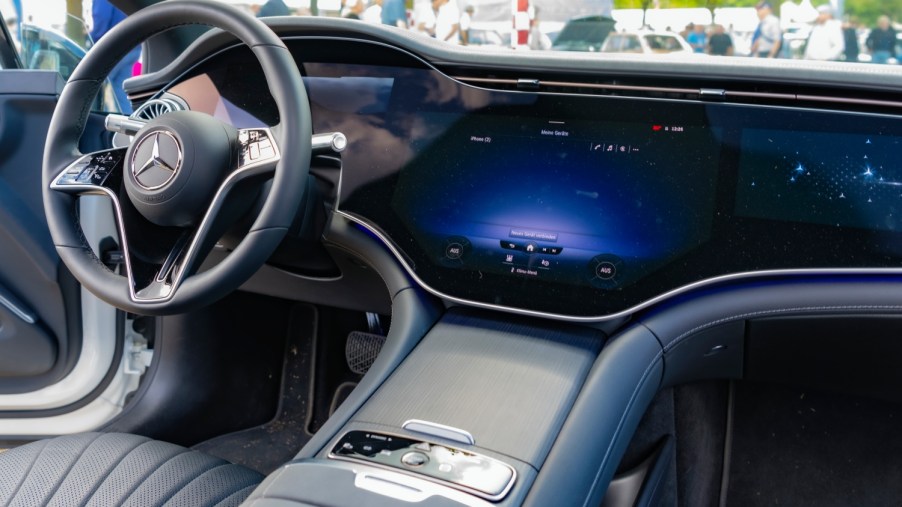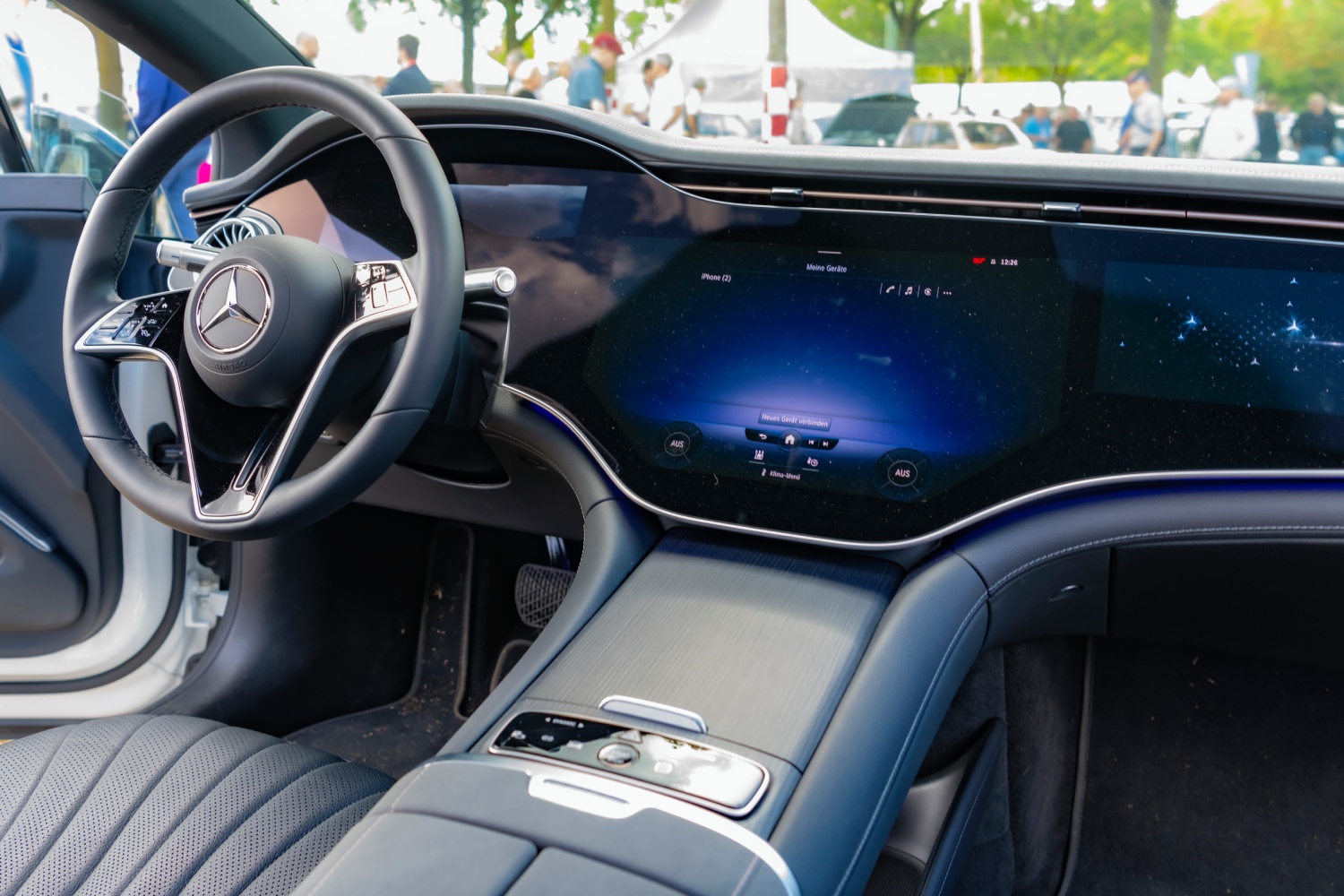
Your Car’s Dark Interior Is Hot, but Your Car’s Interior Is Hot Regardless
Everyone says that cars with dark interiors tend to get hotter than a vehicle with a light car interior. Is your car’s dark interior to blame, or does it even matter? The truth is, your car, truck, or sport utility vehicle will be hot no matter what color it is after sitting in the sun. There are some solutions to a hot car interior below, regardless of car interior colors.
Is a dark interior or light interior better for a car?

Consumer Reports took a better look at this situation recently and came to some interesting conclusions. If you have ever had the pleasure of living in a warmer climate, people always say to avoid dark vehicles with dark interiors. This is similar to how people say to avoid wearing black clothing in the sunlight and opt for white or lighter colors. Will a lighter interior reflect ultraviolet rays better than a dark interior?
Consumer Reports put it to the test with two cars: one with a light exterior and light interior and a dark exterior vehicle with a dark interior. Then, both cars were parked outside. Mike Monticello, CR’s road-test manager, said the vehicle’s interior temperatures started at 78° F. One hour later, both interior temperatures were over 100° F.
Consumer Reports says your car’s dark interior is hot, but so is the light interior
The dark interior car got hotter, but the light interior of the other car also got how. The scarier part is how quickly both vehicles reached 100° F, which is a good reminder for the summertime. Jennifer Stockburger, director of operations at CR’s Auto Test Center, said, “children should never be left unattended in a car for even a short period of time.”
Even when it isn’t that hot outside, the interior of a car can get unbearably hot.
“A car has a lot of glass area, and with the sun beating down, it’s going to heat up no matter what color the interior is or how mild the outside temperature may feel. The difference isn’t enough to be a determining factor in your choice of car or interior color.”
Consumer Reports
Consumer Reports concluded that your car’s dark interior will get hot, just like a car with a light interior. Both vehicles will heat up; the color doesn’t matter. However, dark-colored interiors tend to be more resistant to wear and wear or stains. No matter which color you end up with, be sure not to leave anything important in the car for too long.
How can I prevent my car from heating up?
These days, most buyers are focused on buying any car, regardless of interior colors. If one color is not selling, perhaps you can get a better deal on it. Lighter colors tend to have a better reputation, but darker interiors look better over time. One solution to keeping your car cool is window tint. Window tint can help keep the interior of your car cooler by blocking UV light and reducing glare. Tint can be expensive but is worth it if you drive a lot or park in the sun frequently.
Another option is a sun shade, a sun screen, or a UV shield. Whatever you call it, this is a temporary shield you can put on the windows to keep the sun out. NBC says this can reduce the temperature inside by 15 degrees on average and reduce the dashboard’s temp by up to 40 degrees. These can reflect heat and glare on the windshield or on all windows.
No matter what color interior you have, make sure you don’t have anything in the back seat. Even trivial things like umbrellas or headphone cables can deteriorate faster due to prolonged time in the sun. Never leave pets or children unattended in the back seat of a car, regardless of the temperature.



